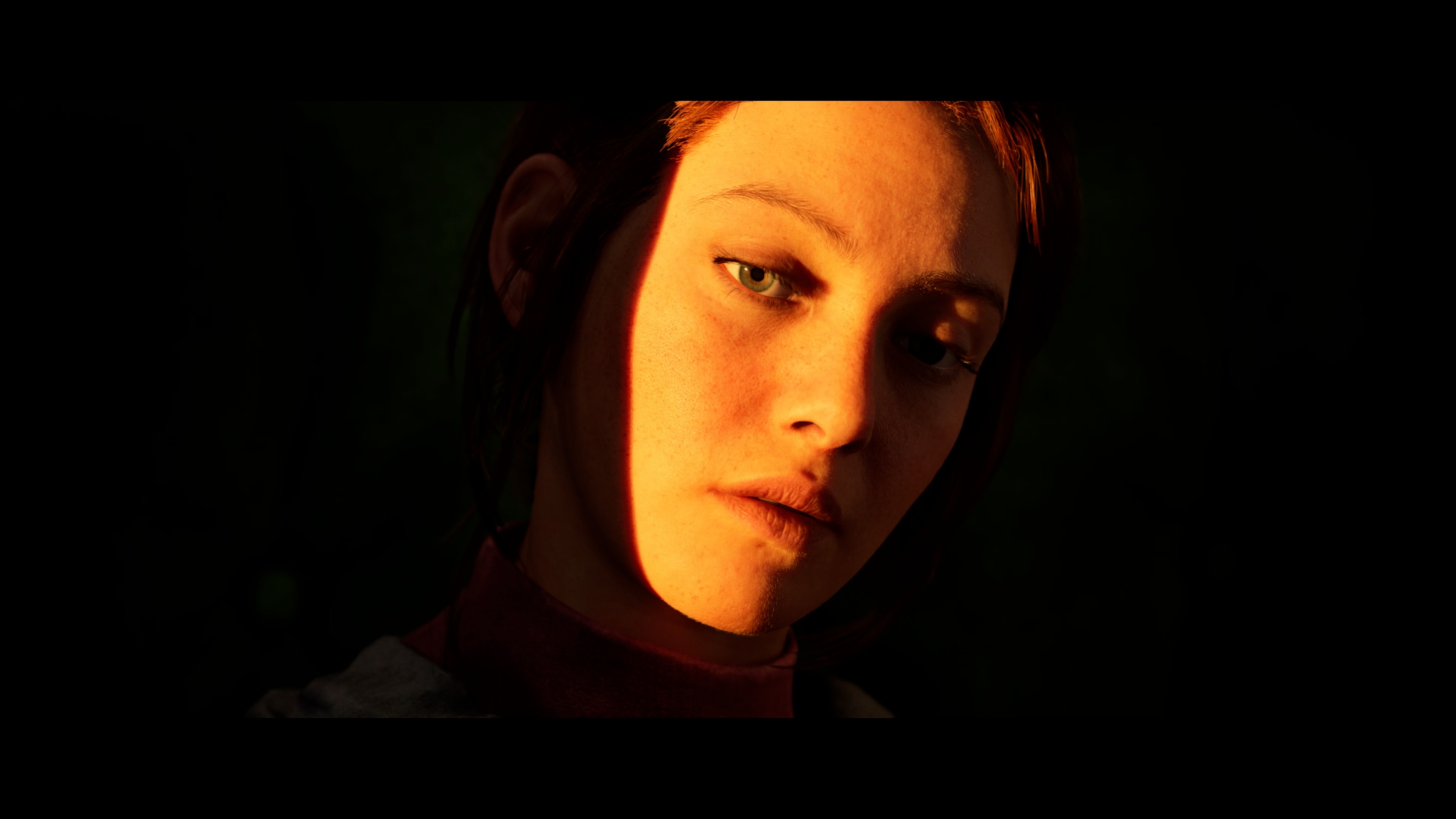The amazing stories behind the PC's greatest games
Dive into our archive of brilliant making-of features.
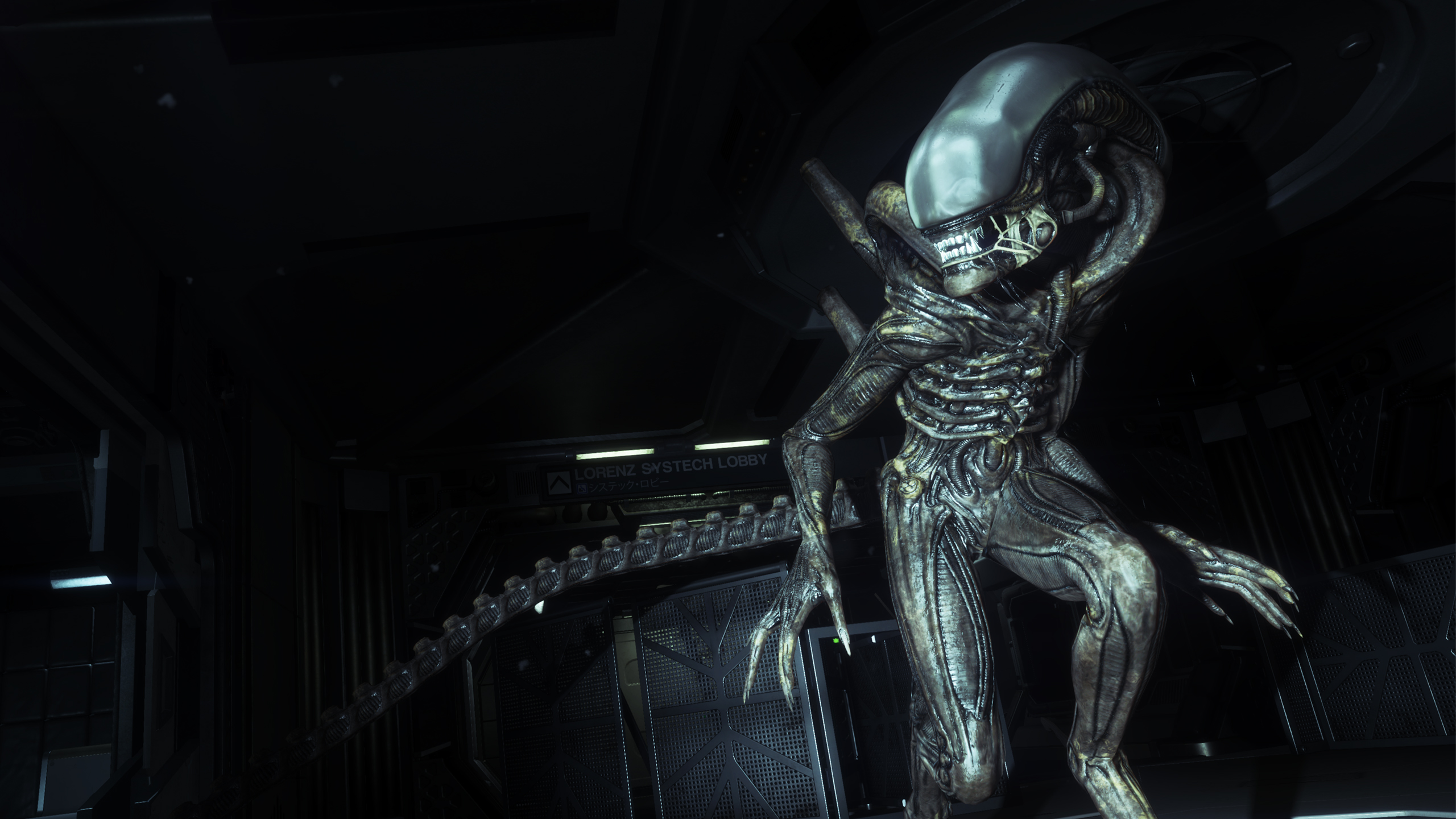
We produce a lot of making of features on PC games, and we thought it'd be handy if we put them all in one place for your convenience. These pieces cover the creation of entire games in some cases, but others are more granular, digging into levels, quests and even in-game vehicles. Note that the year mentioned for each piece refers to when the game was released, rather than when each feature was published.
Enjoy.
The making of Alien: Isolation
Year 2014
Developer The Creative Assembly
Article by Andy Kelly
To help them, Fox supplied an enormous archive of original production material—a whopping three terabytes of it. "It was like that moment in Pulp Fiction where they open the suitcase," says Hope. "We were stunned that all this stuff existed. For them to be able to drop that amount of material on us was great. It gave us a really good insight into how that first film was made...
The audio of Alien: Isolation
Year 2014
Developer The Creative Assembly
Article by Jody Macgregor
The sounds of the creature crawling overhead were initially placed at random, triggering unpredictably to startle the player, but van Dyck says the effect "wasn’t quite right." That changed when development reached a point where the coders and animators made it possible to realistically track the alien's position even when unseen...
The making of Audiosurf, the synesthesia simulator
Year 2008
Developer Dylan Fitterer
Article by Jody Macgregor
Keep up to date with the most important stories and the best deals, as picked by the PC Gamer team.
A telling difference between today's indie games scene and that of 10 years ago is how excited Dylan Fitterer was to hear his game was going to be on Steam. Audiosurf had just been nominated for three IGF awards. As Dylan tells it, "Then I got a call from Jason Holtman at Valve who said, 'Hey, you want to sell this on Steam?' That blew me away. That was crazy to get an offer like that..."

The making of Battlefield 5's campaign
Year 2018
Developer EA DICE
Article by Xalavier Nelson Jr.
I think what we found was a way to weave a story and gameplay in a way to emotionally reach the player. It might sound obvious, but that was our biggest takeaway. Battlefield has always had spectacular, high-agency experiences. But the 'feels' were new to the series. That was what we wanted to build on most...
The making of BioShock's twisted green belt, Arcadia
Year 2007
Developer 2K Boston
Article by Jon Morcom
So many things in game development are opportunistic, run-with-it type affairs. Once the visual identity of the fisheries and the submarine bay in the preceding levels became clear, and once we decided the player would be entering Arcadia not via a bathysphere station but via a tunnel into the lush cemetery and tea garden, it was obvious we had an opportunity for a surprising visual moment...
The making of Fort Frolic, BioShock's most twisted and memorable level
Year 2007
Developer 2K Boston
Article by Andy Kelly
Cohen's obsession with the statues had roots in cinema, particularly Norman Bates' mother in Psycho and Rupert Pupkin's imaginary basement audience in Martin Scorsese's The King of Comedy. "It was psychodrama externalised," says Thomas. "We also tried to hint at, without getting pornographic, Cohen's conflict with his own sexuality. But people read that much dirtier than we intended..."
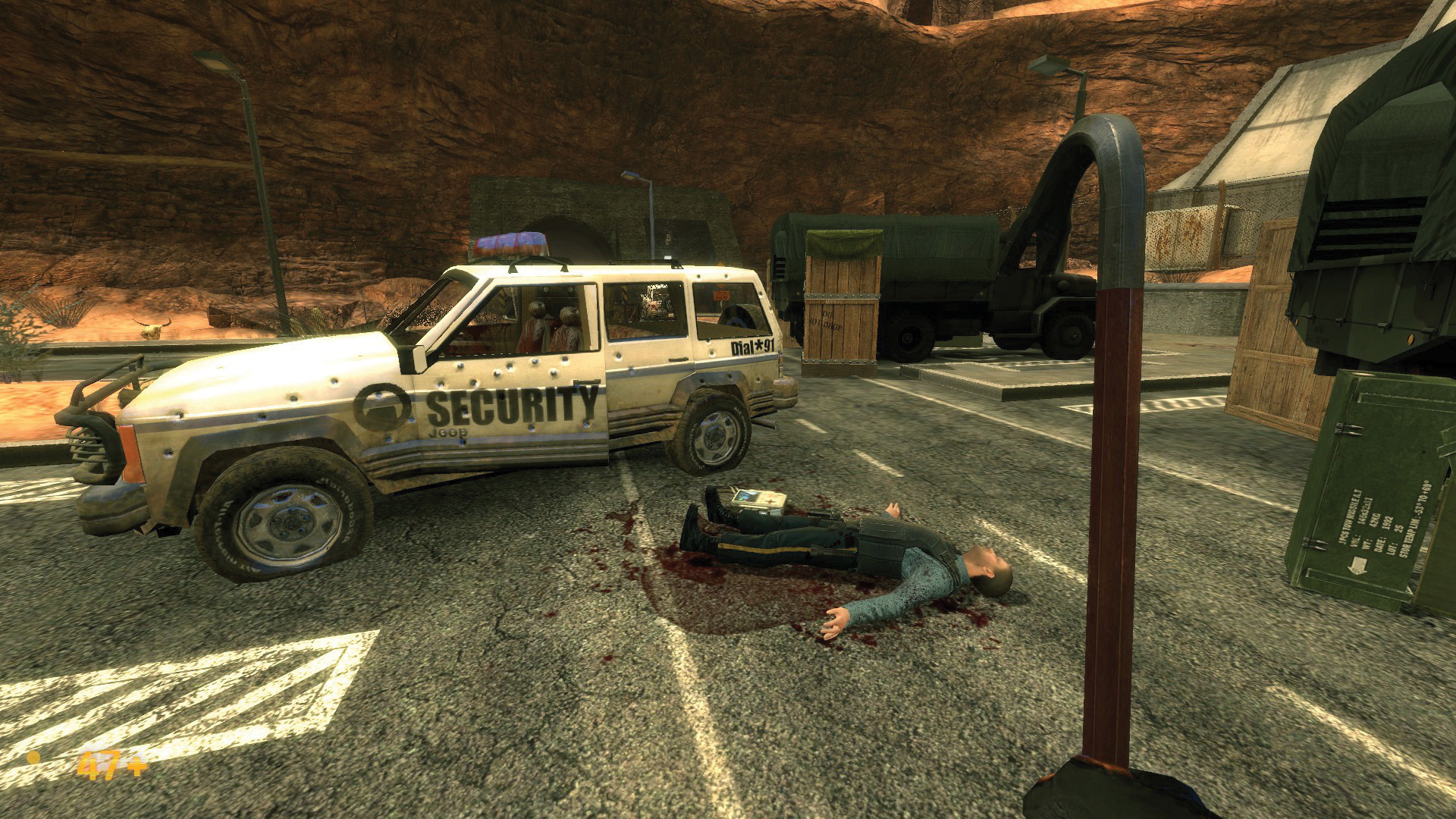
The story of Half-Life remake Black Mesa
Year 2012
Developer Crowbar Collective
Article by Andy Kelly
"The world of Half-Life is a detailed painting, where the more you look, the more you see," says Engels, speaking on behalf of the Black Mesa team. "Even though all the events were scripted, it felt like you were affecting the world. You could find hidden paths, make NPCs react to you." It was, he says, the perfect balance of letting the player create their own experiences and a summer action movie...
The making of Call of Duty's most famous levels
Year Various
Developer Various
Article by Edwin Evans-Thirlwell
Before Alavi became involved with Call of Duty he was all set to enter the medical profession. While at school he had produced mods for shooters such as Duke Nukem 3D, ranging from the basic—a level modelled on the Alavi family home—to larger-scale collaborations such as the original Natural Selection for Half-Life. But he had given little thought to game design as a vocation, until one of his mods was featured in an issue of PC Gamer...
The complete history of Civilization
Year Various
Developer Various
Article by Fraser Brown
"Railroad Tycoon had this sense of being a large-scale game," Sid Meier recalls. "But we were bold and wondered what’s a bigger, more epic thing we can do? Well, how about the history of civilisation? We were young, and we had no fear..."
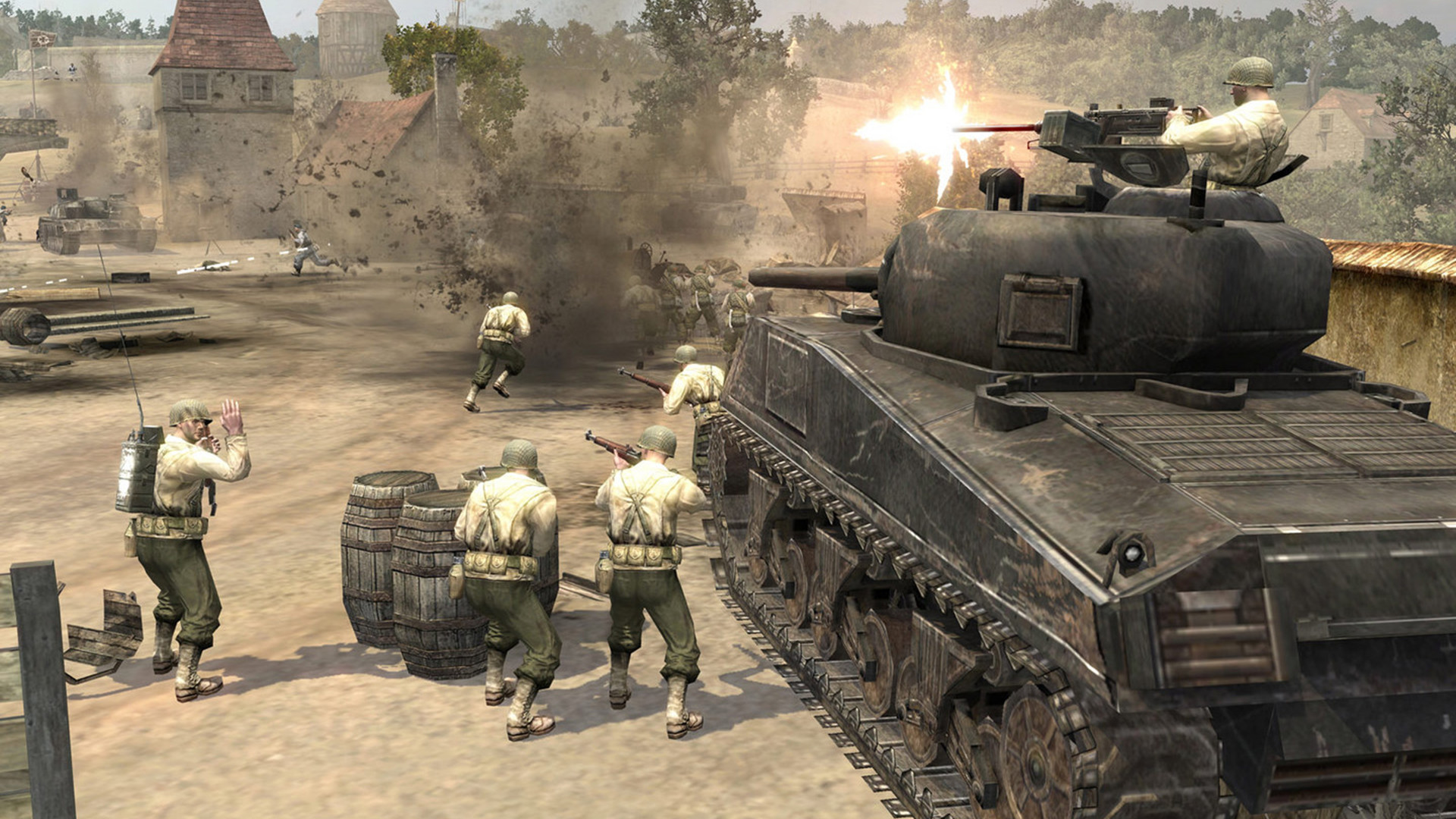
The making of Company of Heroes
Year 2006
Developer Relic Entertainment
Article by Tom Senior
"The combined ops thing was really there from the very start. We didn't want to have an RTS where soldiers with rifles would just be pinging away at a tank and its health would be slowly going down and down and down and then the tank would blow up for no reason, right? We wanted to have this game be based in reality, and more intuitive to people who just knew something about the history..."
Story comes first in the making of Cyberpunk 2077
Year 2020
Developer CD Projekt RED
Article by Andy Kelly
"We want to give Night City a Californian feel," he says. "It's not just another abstract dystopia. I visited LA and it was very inspiring, especially walking along Venice Beach. We want to bring that vibe to the game. Sun, palm trees, but a darker side, too. It's an incredibly diverse place, with all these different people, fashions and cultures sharing the same space, but it can also be dangerous..."
Making Deus Ex: Mankind Divided's best level
Year 2016
Developer Eidos Montréal
Article by Andy Kelly
The first design was more conventional. The kind of big city bank you might have queued in yourself on occasion. "It had a front desk, offices, people waiting in lines, etc. But as the story developed and it became a corporate archive, I realised that it shouldn't be a bank where people go to withdraw money. It's a cold, elite, very secure place to keep top secret information, where the megacorps keep their most valuable data. Not something as trivial as money..."

The making of Dishonored's greatest mission
Year 2012
Developer Arkane Studios
Article by Andy Kelly
"We had a whiteboard of interesting setups for missions. Things like there being three targets, but only one of them is correct. Then in another column we had a long list of locations including a costume party, which of course became the setting for Lady Boyle’s Last Party. We were basically mixing and matching ideas..."
The making of Divinity: Original Sin II
Year 2017
Developer Larian Studios
Article by Fraser Brown
For both Vincke and Van Dosselaer, it was imperative that extra attention was given to the narrative and dialogue, two things they'd already tried to improve in the Enhanced Edition. "One of the main critiques of Original Sin was the story could have been better and could have benefited from more gravitas," Van Dosselaer remembers. "We took that to heart. So the main thing we wanted to do was work on a better, more epic narrative, give it more gravitas, and invest more time on characters and character development..."
The making of Dragon Age: Inquisition
Year 2014
Developer BioWare
Article by Chris Thursten
"When you're talking about agency, you're talking about how you're trying to put yourselves in the shoes of various types of players," says Patrick Weekes, lead writer on the series. "It's not just gay players or female players—it's also the powergamer, the completionist, the guy that wants to search out the story. You're trying to put yourself into various mindsets at the same time..."
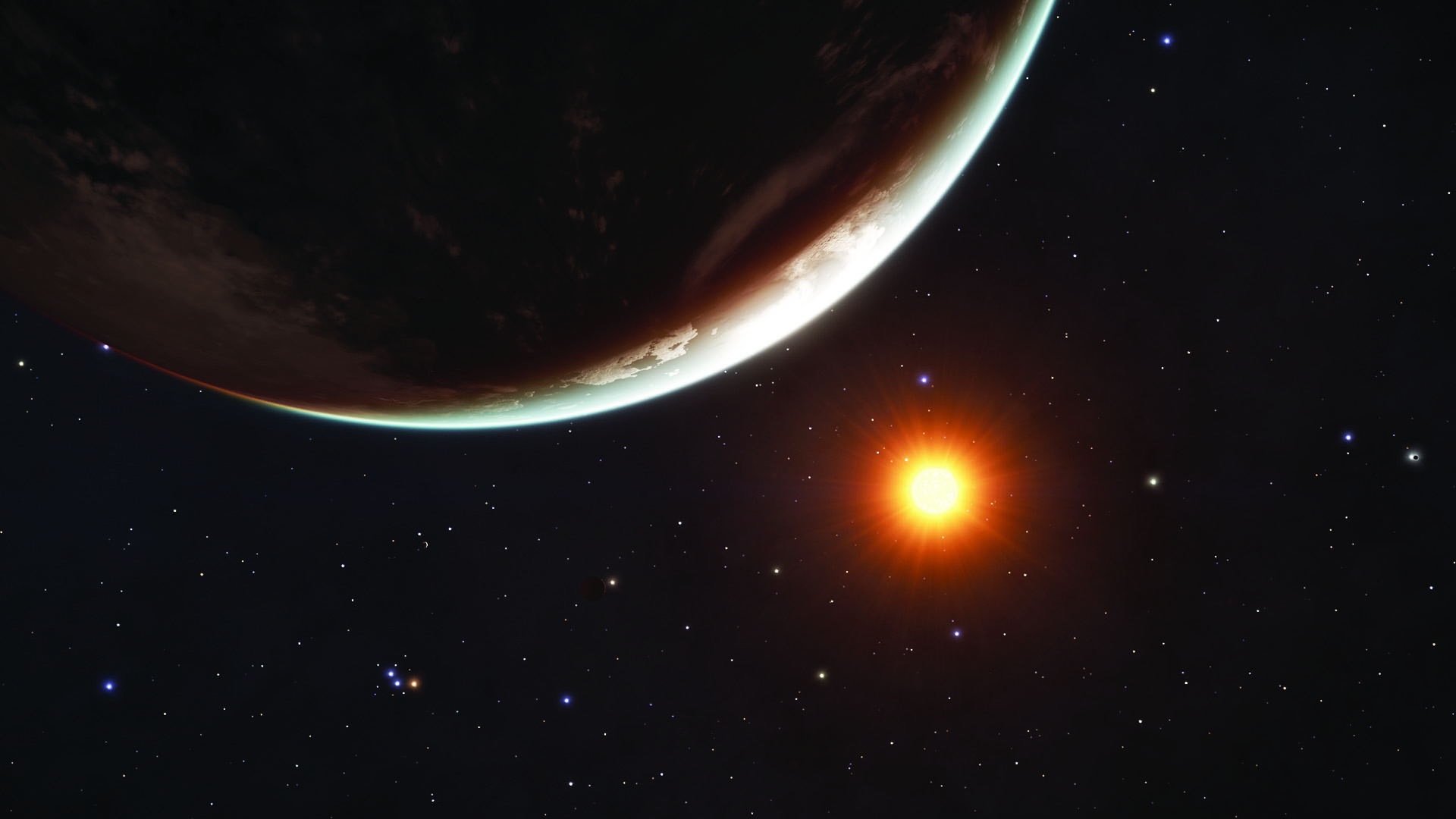
The mind-bending science behind the planets of Elite Dangerous
Year 2014
Developer Frontier Developments
Article by Andy Kelly
"Before a planet can be made, you must first simulate the circumstances of its birth," says Dr. Kay Ross, senior programmer. "And to know what planet you're creating, you must first know what materials went into making it, how old it is, what its neighbours are doing, and which stars are nearby..."
From rough sketch to final model, here's how Frontier designs the ships of Elite Dangerous
Year 2014
Developer Frontier Developments
Article by Andy Kelly
Creating a ship is a collaborative process. The 3D and concept artists will work closely with the designers and writers to make sure a new ship like the Chieftain works in all areas: from aesthetics, to function, to purpose. "Sometimes what’s happening in the game will drive us towards designing a particular kind of ship. The lore, the progression of the story. And in those cases it's not just about where the ship fits on the backbone, but how it serves the narrative...
The making of EVE Online
Year 2003
Developer CCP Games
Article by Rich McCormick
The Reykjavik head office of CCP, creator of the galactic bastard sim, EVE Online, feels like an outpost on the edge of the world. Look at the right angle from the main boardroom's giant windows and you'd swear human beings had never laid foot in Iceland—if it wasn't for the few CCP staff members mid smoke-break gripping solid steel railings on the balcony outside and bracing against the wind...
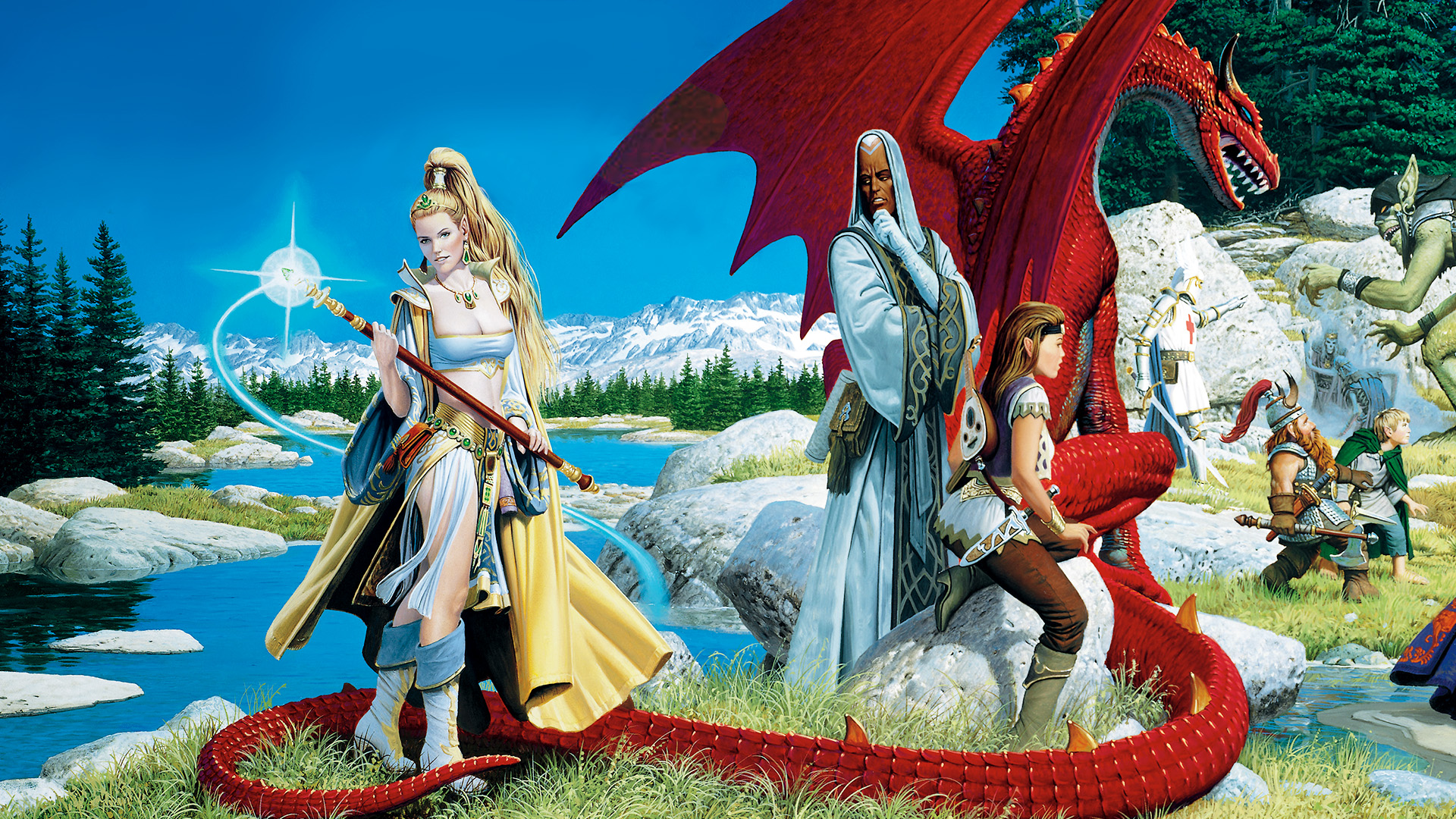
Breaking the internet: The story of EverQuest, the MMO that changed everything
Year 1999
Developer Sony Online Entertainment
Article by Steven Messner
You don't know what success feels like until you've tanked the biggest internet pipeline into San Diego for a week—minimum. Sure, most online games have network issues on day one, but in 1999 EverQuest wasn't just coughing out innocuous error codes. It was so popular that the internet provider hosting its servers had to physically run more cables to Los Angeles just to accommodate the tens of thousands of players dying to explore its cutting-edge 3D world...
The secrets behind the exquisite handling of Forza Motorsport
Year Various
Developer Turn 10 Studios
Article by Andy Kelly
Over the years Turn 10 have conducted research projects in collaboration with car and parts manufacturers to reveal more about how their products behave on the track. "We've worked with partners such as Calspan, Pirelli, Audi, and McLaren," says Greenawalt, "and through them we've learned new things about physics that aren’t in those reference books..."
Frostpunk developers on hope, misery, and the ultimately terrifying book of laws
Year 2018
Developer 11 Bit Studios
Article by Christopher Livingston
"When we did research about survival in harsh conditions, and what makes them survive except for the physical capabilities, we found out that the most important thing was hope, because we read stories about mountain climbing [expeditions], about accidents, when people were able to crawl down from high altitudes, almost dying, but they had hope that they would survive."

Evan's a hardcore FPS enthusiast who joined PC Gamer in 2008. After an era spent publishing reviews, news, and cover features, he now oversees editorial operations for PC Gamer worldwide, including setting policy, training, and editing stories written by the wider team. His most-played FPSes are CS:GO, Team Fortress 2, Team Fortress Classic, Rainbow Six Siege, and Arma 2. His first multiplayer FPS was Quake 2, played on serial LAN in his uncle's basement, the ideal conditions for instilling a lifelong fondness for fragging. Evan also leads production of the PC Gaming Show, the annual E3 showcase event dedicated to PC gaming.

